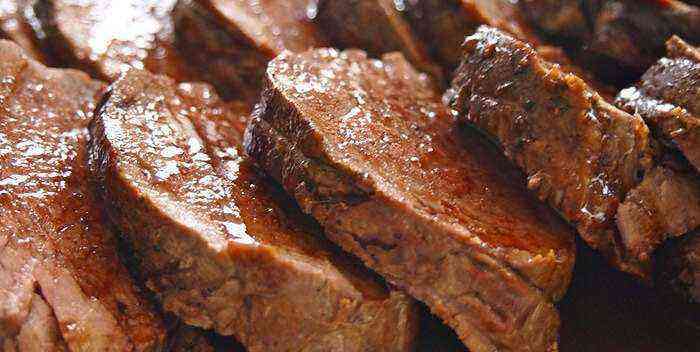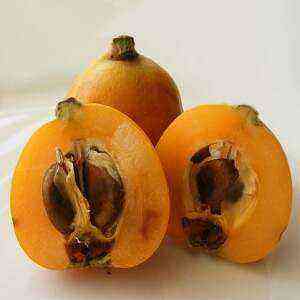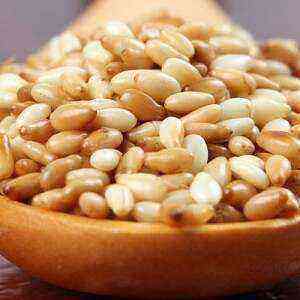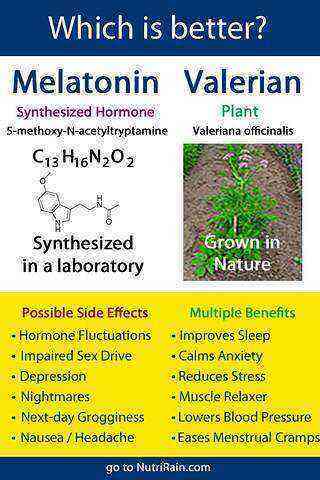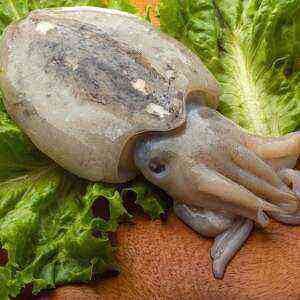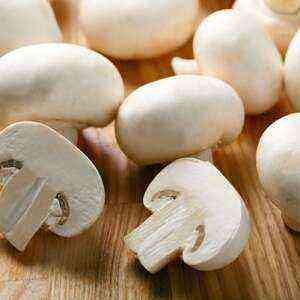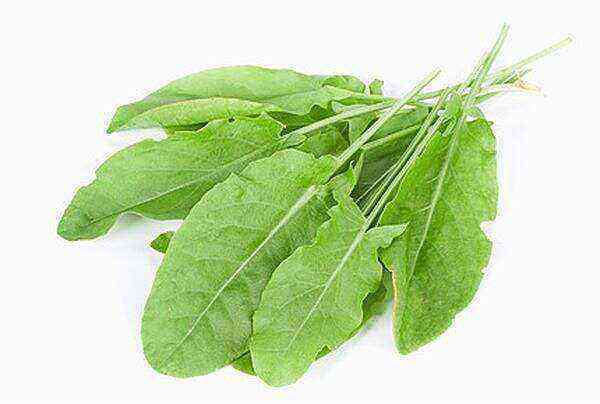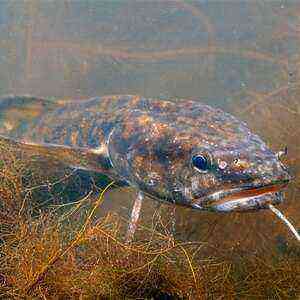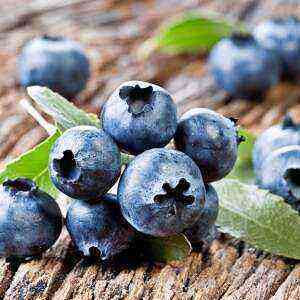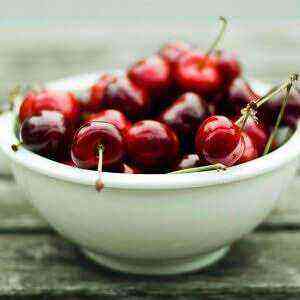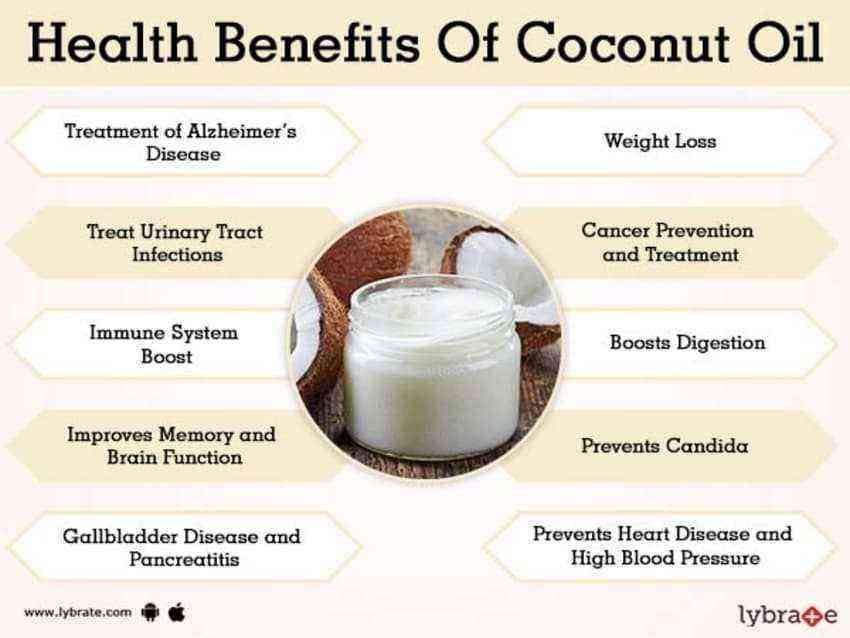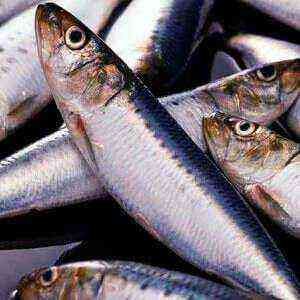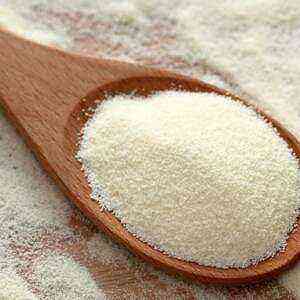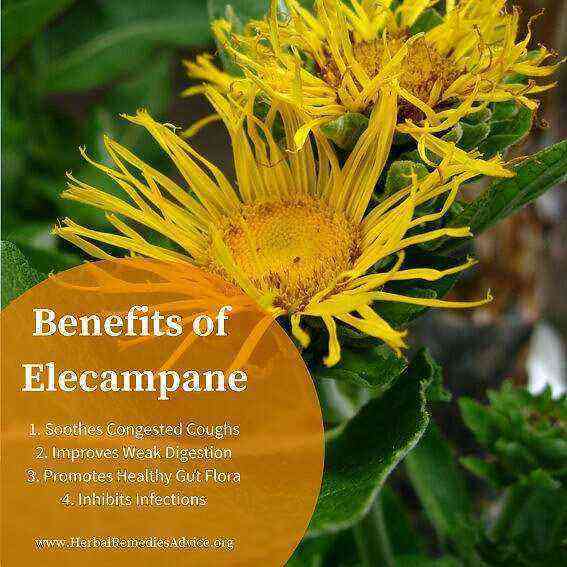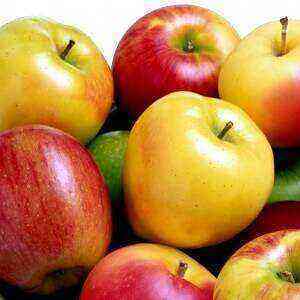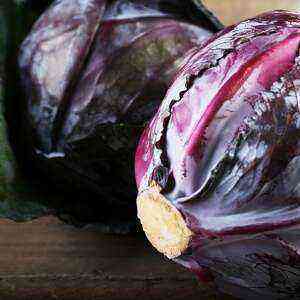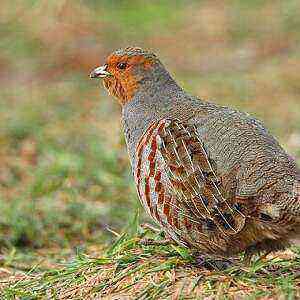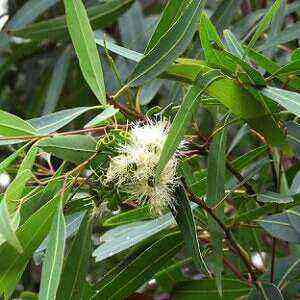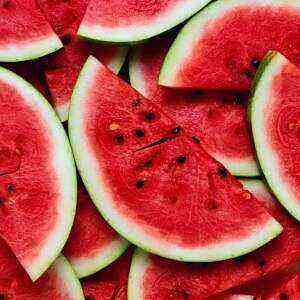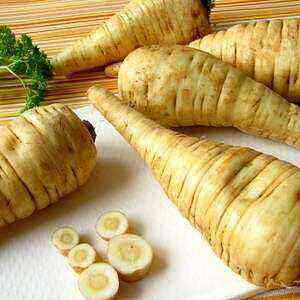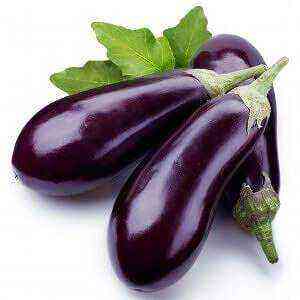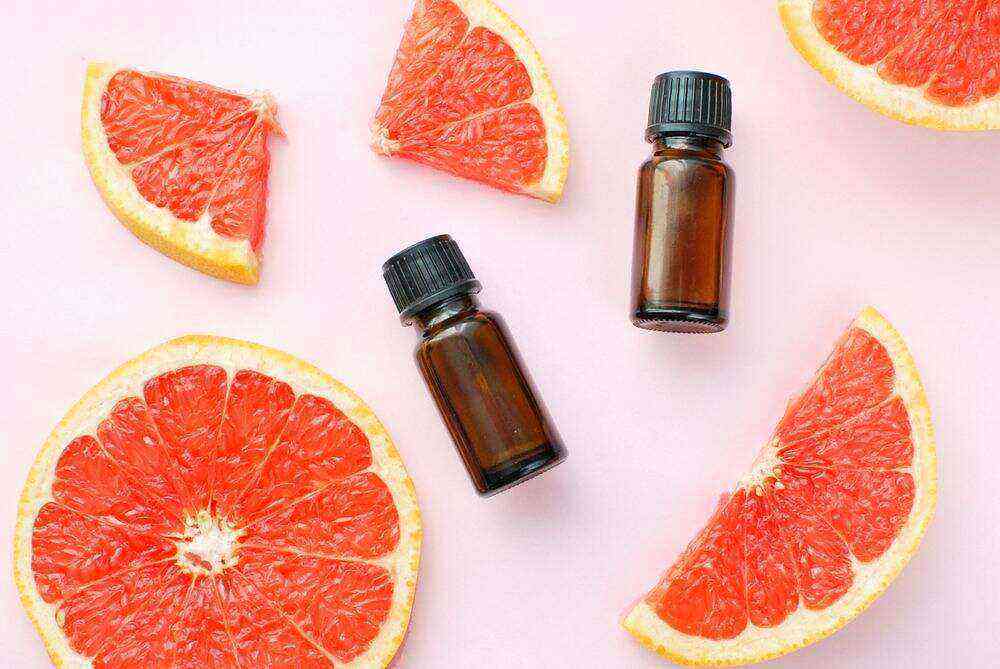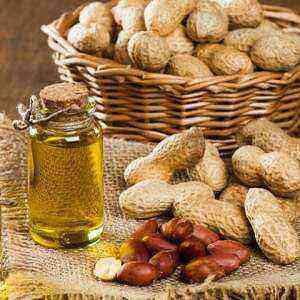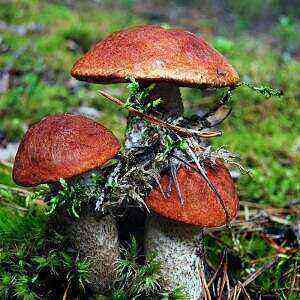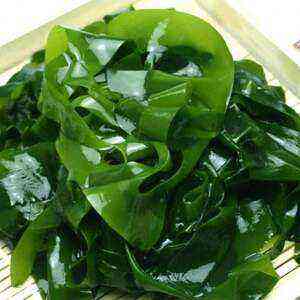
What is edible algae and what are
Algae are living organisms that inhabit sea and fresh water. Some of them are single-celled, while others are very similar to terrestrial plants, although from a biological point of view, they are not. Algae represent the genus Algae. Scientists talk about the existence of more than 30 thousands of species of these organisms. But not all of them are considered edible.
Those that fall on our tables can be divided into 3 groups: brown, red, green.
The most famous representatives of brown algae are kelp, hijiki, fucus, lima, wakame (or chuka). Laminaria is a well-known seaweed. This seaweed is the absolute champion in the world in iodine content.
Red algae – it is purple, dals, birthmarks, carrageenan. Porphyry is one of the most popular varieties of edible algae. Well, who has not heard of nori – algae, traditionally used to make sushi? And nori – this is algae purple.
Green sea plants used as food are spirulina, umi budo (aka sea grapes), ulva (also known as sea salad), monostroma (aonori). By the way, the uniqueness of spirulina is that it contains an incredible amount of protein – at least 3 times more than meat.
Chemical composition
The chemical composition of edible algae of different types is slightly different. But in general terms, the set of useful elements in the red, brown and green varieties is similar.
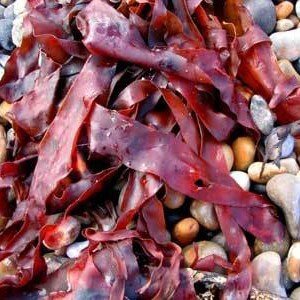
In addition, these organisms are rich in polyunsaturated fatty acids, chlorophyll, phenolic compounds, phytosterols, plant enzymes, as well as lignins, pectin and other biologically valuable components.
But the caloric content of different types of algae can vary significantly. The record holder in terms of nutritional value is nori, in 100 g of which there are almost 350 kcal. The lowest energy value (approximately 25 kcal / 100 g) is found in the algae of the limu, ulva and dalas species. Porfira and fucus contain 35 kcal each, kelp and wakame – within 45 kcal, kombu and spirulina – this is about 77-79 kcal, and about 100 calories in 90 g of chuka algae.
Useful Properties
The history of the mass use of algae, as a useful food product, began relatively recently. About half a century ago, humanity learned that sea “plants” have a high biological value and are a source of extremely important substances. Today, researchers already say with certainty that people who regularly use this product do not get sick much, the aging processes in their bodies slow down, and their intelligence level is higher than the average.
The rich chemical composition of algae will make them a huge list of benefits. For the human body, they can play the role of a broad-spectrum substance. Including:
- anti-inflammatory;
- immunomodulatory;
- antiviral (proven use of algae for people with immunodeficiency virus);
- antibacterial.
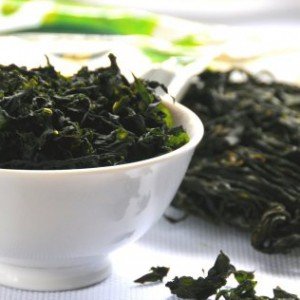
Brown algae extract is often included in drugs against diabetes, migraine, rheumatism, to strengthen immunity and improve the functioning of the endocrine system. Supplements with marine “plants” are useful for cleansing the body of toxic substances and to improve blood circulation. Being a rich source of fluoride, algae from the seas are useful for strengthening bones and tooth enamel. The benefits of consuming the product will undoubtedly be felt by the nervous system, brain, heart, pancreas, genitourinary system, and muscles. It is also believed that these amazing organisms alleviate the hangover syndrome, and pregnant women are saved from toxicosis.
How are different types of algae useful?
In many ways, the benefits of different types of algae are similar, but still each species is unique, and in some cases has no equal among the “sisters.”
Kelp
Sea kale is one of the most common and accessible varieties of brown algae that “inhabit” the waters of the Pacific and Arctic Oceans. Laminaria, as a rule, live at a depth of 4-10 meters. The length of some is almost 20 m.
This product is useful as a source of iodine, which is known to be extremely useful for the endocrine system. For this reason, kelp is considered one of the most useful products for people with thyroid dysfunction, as well as for the prevention of endemic goiter. In addition, seaweed stimulates metabolism, prevents the deposition of salts and the development of sclerosis, helps with obesity and after radio irradiation. And kelp is an excellent source of vitamin C, which in sea “plants” contains almost as much as citrus. Vitamin K-rich kelp is helpful in preventing blood clotting and excessive platelet formation. In addition, kelp is useful for lowering cholesterol, which has earned the fame of a useful product for cores. And yet, so far only in the laboratory, the effectiveness of seaweed in slowing the spread of sarcoma has been proven.
Fucus
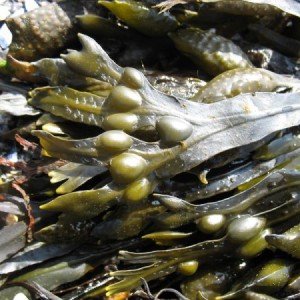
This kind of sea “grass” is known for its ability to eliminate toxins, stimulate blood circulation, improve the metabolism of minerals. Also, fucus can be used as a natural diuretic. When researchers say that algae in their chemical composition resemble human blood, the bubble fucus is primarily meant. As part of this product, scientists have found a unique substance called fucoidin. As it turned out in the course of research, this substance has immunomodulating, antitumor and antiviral properties. But the most surprising thing is that fucoidin helps the human body resist HIV infection. In addition, fucus is useful for treating certain diseases of the musculoskeletal system and for bone mineralization.
Spirulina
A feature of this variety of green algae is its high protein content. 100 g of dry product contains almost 70 g of easily digestible protein, which with its biological value is almost 3 times higher than soy protein. In addition, there are 18 amino acids in spirulina, including 8 indispensable for humans.
Spirulina is one of the most popular algae in the world. But to most consumers, it gets in the form of dietary supplements or semi-finished products. The fact is that the natural habitat of these “plants” is limited to alkaline-water lakes in Africa and Mexico. By the way, even the ancient Aztecs regularly ate this green. Given the incredibly high demand for spirulina, mankind has learned to grow it in artificial conditions, and today they are successfully doing it in Mexico and France.
Ulva
Another name for these green algae is sea salad. The first to use ulva for food began the inhabitants of Japan, China, Scandinavia, Ireland and France. This product is an exceptional source of iron, protein and fiber.
Porphyra (nori)
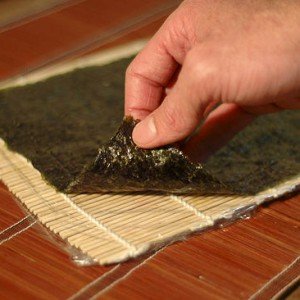
Litotamnium
An extremely rich mineral and vitamin composition – this is the first thing that comes to mind when it comes to red coral algae. Researchers counted more 30 minerals in this product, including incredibly high portions of magnesium and iron. Because of this, lithothamine is considered one of the most useful products for the prevention and treatment of anemia.
Anfelzia
This red inhabitant of the Black Sea, as well as the outer seas of the Far East and the North, resembles small spherical bushes. Usually it grows close to the coast at a depth not exceeding 5 m. It is anfeltia that is the basis for the production of a natural thickener, known as agar-agar. This substance is used in marmalade, candy, and some other products.
In medicine, enfelcium is known as a natural medicine against breast cancer. But abuse of the product can cause severe diarrhea.
Fillophor is ribbed
This is a red seaweed from the Black Sea, common at the confluence of rivers into the sea. For many years served as a source of iodine. It is actively used in the beauty industry as a means to effectively slow down aging.
Benefits for weight loss
In some types of algae, researchers found an enzyme also found in pineapples – the one that causes the breakdown of fats. On the other hand, marine “plants” are also useful because by using them with plenty of water, you can permanently get rid of hunger. This is because the algae, absorbing liquid, swell and create a feeling of fullness in the stomach. And all this against the background of a small calorie content, but rich in mineral and vitamin composition.
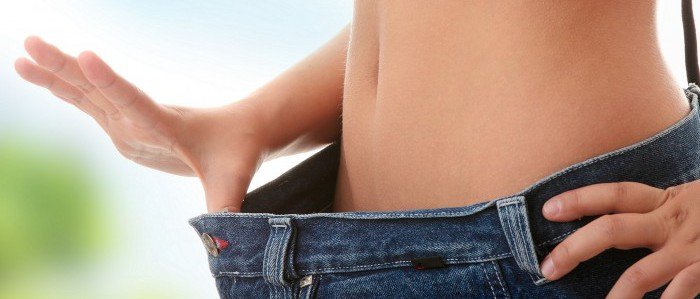
Possible hazards from use
Potential harm from algae is possible if you are allergic to them. In addition, kelp, for example, is contraindicated for people with kidney disease, with a stomach ulcer, gastritis, and patients with tuberculosis. People with increased activity of the thyroid gland can use sea “plants” only with the permission of a physician.
Applications
Algae belong to those products that a person uses in various fields. The most obvious use is as food. In addition, in the food industry, kelp and fucus are raw materials for algin (alginic acid, E400), which is used in the confectionery industry as a thickener and stabilizer. E400 can usually be seen in some sweets, ice cream, yoghurts and even beer. Another representative of the E-components obtained from red algae is E406, it is also a thickener agar-agar.
How to cook
It is best to eat fresh or dried algae. You can cook them in several ways: soak, add to ready meals, steam or grind dry food, mix with spices and add to food in this form.
Today in supermarkets algae – affordable goods. In addition, presented in various forms: frozen, salted, pickled, dried, dried, in the form of ready-made salads. When buying dried seaweed, it is important to carefully check the tightness of the package. But the white bloom on the product should not scare – this is a sign of properly harvested “plants”. Before using, dried sea kale is poured with water for some time, after which it is added to salads, broths, snacks, rolls.
The first to include algae in their diet were residents of Asian countries. In oriental cuisine, this product takes pride of place. But sushi is far from the only dish in which marine “plants” look organic. This exotic mixes perfectly with mushrooms, beets, apples, algae can be stewed in oil, and they also make a good snack for strong alcohol.
Use in cosmetology
In beauty salons procedures with the use of algae – one of the most popular, but not cheap pleasures. And all because they are effective. One of the most popular procedures is anti-cellulite wraps using seaweed. Also, an extract of this product is added to creams, serums, including for sensitive or problem skin. Algae are used for baths, hair products and face masks.
Bioactive substances contained in algae:
- normalize metabolic processes;
- rejuvenate fading skin;
- restore the structure of the skin;
- promote the production of collagen and elastin;
- make the skin elastic;
- moisturize the skin and hair;
- restore healthy complexion;
- eliminate stretch marks.
These beneficial properties of aquatic “plants” are actively used in the beauty industry worldwide.
Researchers say algae have inhabited our planet for more than 2 billion years. For several centuries, people used them for food (at least until recently they had no idea what unique properties these organisms have). The benefits of algae seem impossible to overestimate. Nature has endowed these amazing inhabitants of the reservoirs with incredible properties. And, undoubtedly, those who call algae – super-food are right. But do not forget that excessive enthusiasm even for such a useful product can sometimes be dangerous.

